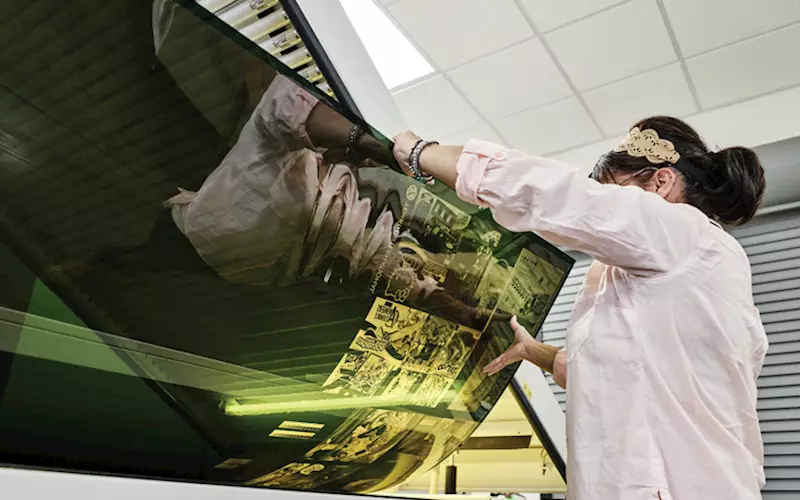KODAK Flexo Plate Technology Spotlight
The Kodak scientists have focussed on developing technology solutions that solve fundamental challenges in flexography
19 Feb 2019 | By PrintWeek India
Thermal imaging technology
Why does the FLEXCEL NX System use a film for imaging instead of a black layer like other digital plates?
Kodak’s FLEXCEL NX Thermal Imaging layer is the highest resolution mask in the graphic arts industry. It’s the only technology that enables perfect 1:1 reproduction from the digital file to the plate. It’s the secret to consistency, predictability and unique print capability.
Plate surface patterning

Do plate surface patterns provide benefit for all applications or are they just for wide web solvent and water-based ink environments?
Plate surface patterns improve ink transfer efficiency –, especially in higher volume ink applications. So, while they might not be as applicable for process work with UV inks, for example, they provide significant benefits for process and spot colors in wide web printing as well as whites and coatings, enabling smoother laydowns and lower ink weights.
Flat top dots

These days we’re all familiar with digital flat top dot technology for flexo plates – but what specific benefits do they provide in printing?
Flat top dots help maintain colour consistency over a run (they tend to swell less and are less prone to wear), and they typically help come up to colour faster and reduce job changeover time (due to the fact that they provide for greater impression latitude).
This advertorial was first published in PrintWeek India’s November 2018 supplement – Kodak Special











 See All
See All